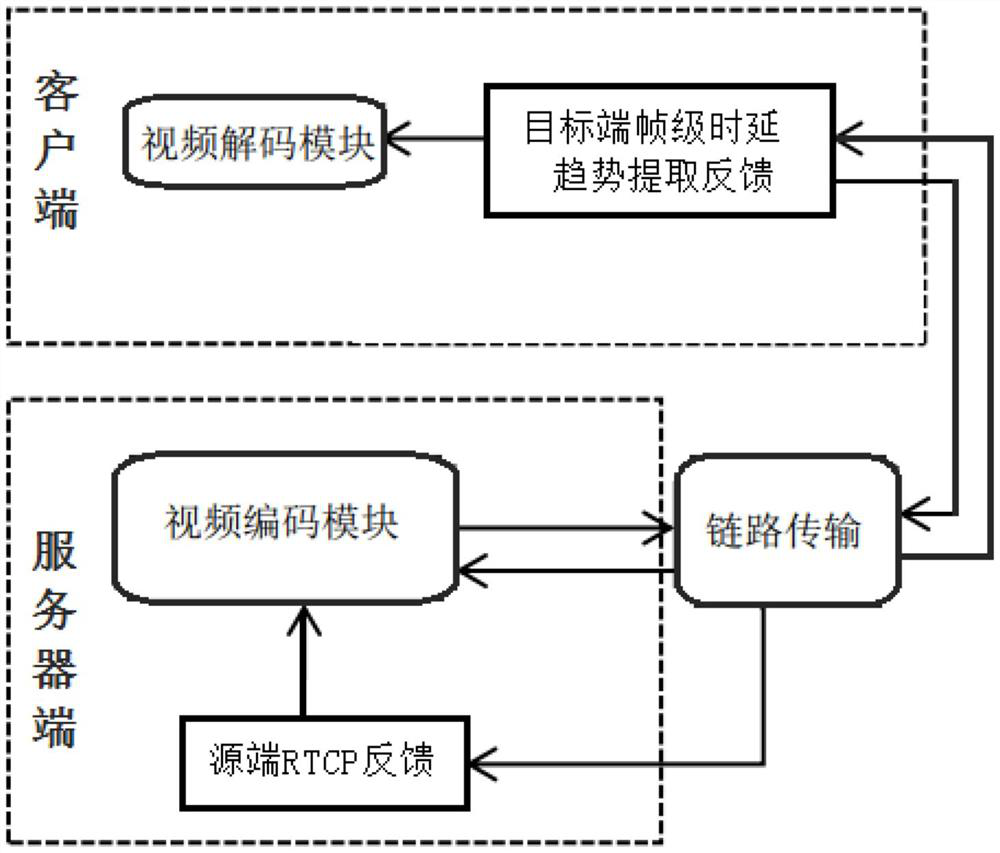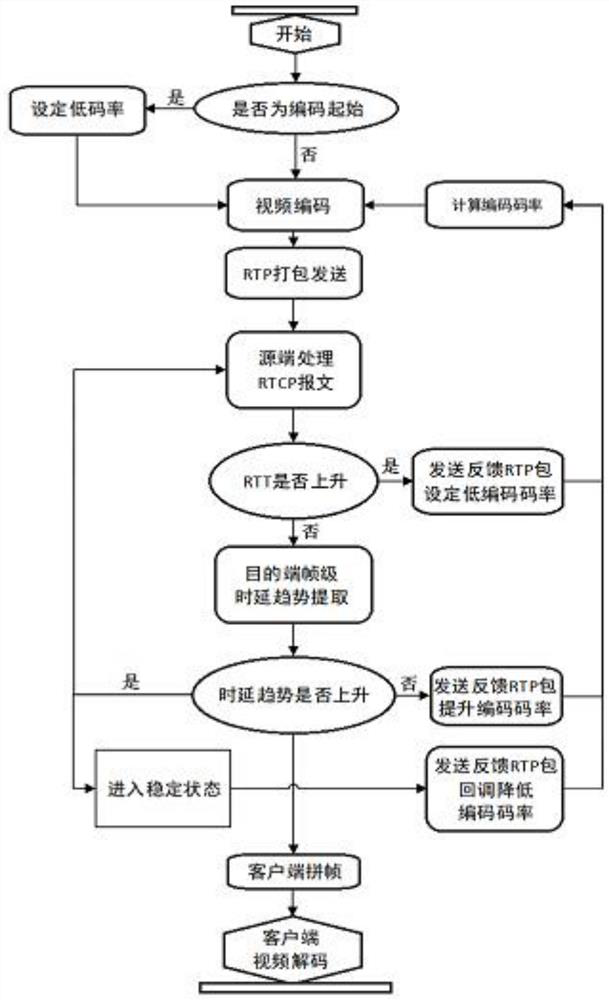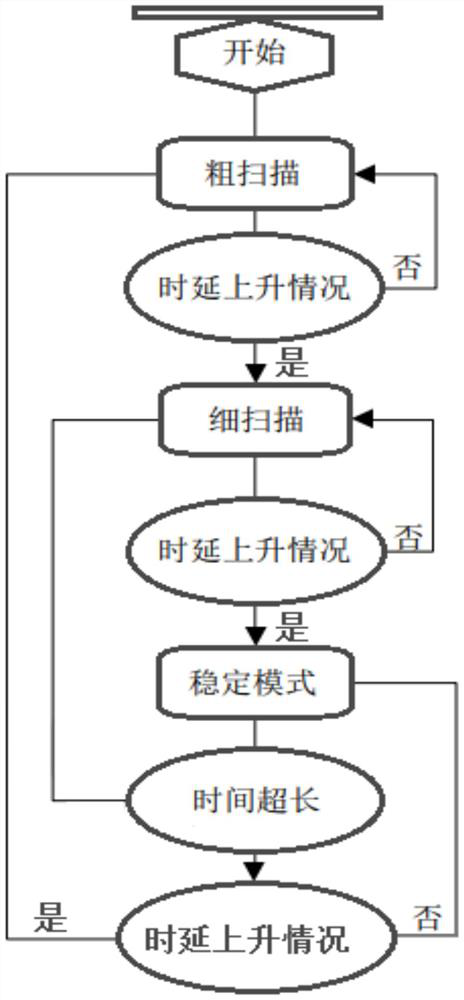The PGM model estimates the available bandwidth by detecting packet-to-interval changes. When the detection packet sending rate is greater than the available bandwidth of the link, the received packet interval becomes larger. The PGM
algorithm is simpler to implement, faster and less computationally complex, but obviously The problem is that the
algorithm needs to meet the requirement that the sending rate is greater than the available bandwidth of the link, and the compact link and its bandwidth must be known. The capacity of the link under test in the PGM model is known, and the narrow link of the link under test must be satisfied. It coincides with the
bottleneck link, and if this condition is not met, the measurement results will deviate; the idea of the PRM
algorithm is to inject a large number of detection packets into the link under test, and the maximum detection packet sending rate of the uncongested link is the available video bandwidth of the link , the PRM model is the same as the PGM model. The
active measurement needs to congest the link under test through detection packets, so the measurement process will affect the existing state of the link and internal data flow, reducing the transmission capacity of the link and increasing the
instability of the link. possibility of the situation
[0008] First, the complexity of the mobile network environment has caused mobile high-definition video calls to fail to fully meet people's daily needs. Due to
signal coverage, complex environments, and too many users, bandwidth competition and bandwidth changes easily caused by high-speed mobility have caused A series of problems such as
packet loss,
delay increase, and
jitter reduce the reliability and subjective experience of users using mobile high-definition video. These problems are a great test for
video transmission, and also seriously
restrict the quality and fluency of high-definition video call video. In view of the particularity of mobile high-definition video, the existing technology has no excellent performance, intelligent detection bandwidth control solution;
[0009] Second, the available video bandwidth
estimation methods in the prior art have the problems of high time delay, low accuracy and low versatility. The bandwidth detection at the source end mainly collects the current link status from the source end of the link, and the
active measurement method is through sending The detection packet packet pair or detection packet string is sent in the link, and the detection packet data flow after the tested link is received at the target end, the
transmission rate of the detection packet changes due to the change of the connection state of the tested link, and then the loss occurs. When network indicators such as packet rate and delay change, the PGM model of the prior art estimates the available bandwidth by detecting the change of the packet pair interval, but the obvious problem is that the algorithm needs to meet the requirement that the sending rate is greater than the available bandwidth of the link, and it is necessary to know the and its bandwidth, the measured link capacity of the PGM model is known, and the narrow link of the tested link needs to coincide with the
bottleneck link. Failure to meet this condition will cause deviations in the measurement results; the PRM algorithm measurement process will Affect the existing state of the link and internal data flow, reduce the transmission capacity of the link, and increase the possibility of
instability;
[0010] Third, due to the imbalance between HD video bandwidth requirements and actual mobile network bandwidth and the unreliability of actual
wireless networks, the detection of available video bandwidth for mobile HD video communication links faces various difficulties: First, low-latency requirements are difficult to obtain Satisfied, when the available video bandwidth of the link changes, it is necessary to obtain the detection results in real time, so that the encoding source can change the encoding parameters in time; second, the accuracy of the
estimation of the available video bandwidth is not high, and the
accurate estimation of the available video bandwidth value can ensure that in Under the premise of not exceeding its value, select the encoding parameters to make the subjective effect the best; third, the universality of the method is not enough, there are different standards for
video encoding, and the lack of universal algorithms is convenient for providing reliable detection of available video bandwidth for different video encodings. It cannot provide effective and
rapid detection of the available video bandwidth of the transmission link, and cannot solve the
bottleneck of mobile high-definition
video quality assurance, hindering the rapid development of the mobile high-definition video industry;
Although the target-side algorithm can fully use the available video bandwidth of the link, it has the
disadvantage of slow detection speed;
[0012] Fifth, the real-time performance and dynamics of mobile high-definition video bandwidth control in the prior art are poor, the
packet loss rate and delay are high, and the available video bandwidth of the link cannot be maximized. Due to the shortcomings of easy packet loss and long judgment time, the
scalability of RTP cannot be used, the synchronization speed of RTCP cannot be reduced, the speed of RTCP message transmission link available video bandwidth data cannot be increased, and the available video bandwidth of the link cannot be fully utilized. , when the
transmission rate exceeds the available video bandwidth of the link, it cannot be detected and adjusted in time, which cannot meet the real-time requirements; at the same time, there is a lack of feasible technical solutions for building a complete mobile high-definition video communication framework, and the effect for fluctuating mobile networks is relatively poor. Difference
 Login to View More
Login to View More  Login to View More
Login to View More 


